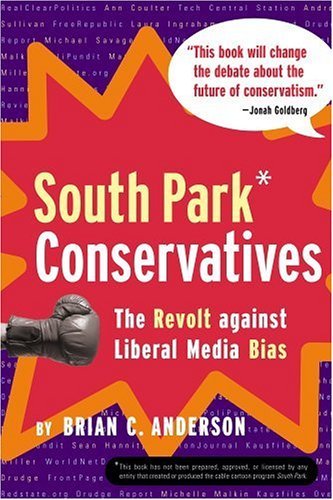 I got this book relatively recently and dived into it as I thought it would be a quick, episodic read. Well, it was quicker than I thought; of the book’s 190 page heft, only 165 of it are the book itself; the rest are footnotes, index, and whatnot.
I got this book relatively recently and dived into it as I thought it would be a quick, episodic read. Well, it was quicker than I thought; of the book’s 190 page heft, only 165 of it are the book itself; the rest are footnotes, index, and whatnot.
The book expands upon an essay, and it shows. Separated into chapters covering conservativism’s rise in talk radio, the blogosphere, new publishers, and on college campuses, the book reads like a series of blog entries where footnotes replace hyperlinks. It’s audience is not the readers of blogs, per se, as most of the information within it is well known to people who have followed blogs for years. Instead, it’s geared to those who read books and newspapers.
In 2011, it’s an interesting time capsule. Its semi-triumphalist tone is kind of amusing given the events of the 2006 and 2008 elections which proved that conservative values were not as widely ascendent as they seemed. Also, the book provides a time capsule of the blogosphere in 2004-2005. Remember when Andrew Sullivan and Charles Johnson were conservative stalwarts? Good times, good times. Also, the book refers to a blog called “2blowhards” which I don’t think I’d heard of, but the author must have read it plenty. The book shows how much changes and how much has remained the same.
I dunno. It’s an okay book, I suppose. A bit stretched to fit book size and, as I said, a bit dated and a bit redundant if you read blogs.




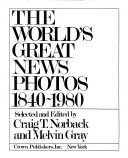 This book collects a number of news photographs from the century and a half in question. Some were Pulitzer Prize winners, but there are quite a few that I don’t recognize, and more importantly, there are quite a few that I would recognize that are not included herein. So maybe it’s really the best news photos of the period to which the producers of a coffeetable book could get cheap reproduction rights.
This book collects a number of news photographs from the century and a half in question. Some were Pulitzer Prize winners, but there are quite a few that I don’t recognize, and more importantly, there are quite a few that I would recognize that are not included herein. So maybe it’s really the best news photos of the period to which the producers of a coffeetable book could get cheap reproduction rights.
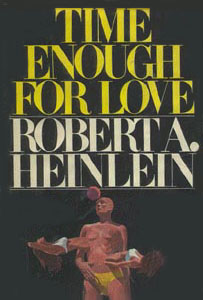 Given that the Heinlein quotes are making their ways around the Internet courtesy Instapundit (see
Given that the Heinlein quotes are making their ways around the Internet courtesy Instapundit (see  I said I was going to start reading comic books to make my quota this year. Almost. This is a book of maps and is a just a couple crayons short of being a coloring book.
I said I was going to start reading comic books to make my quota this year. Almost. This is a book of maps and is a just a couple crayons short of being a coloring book.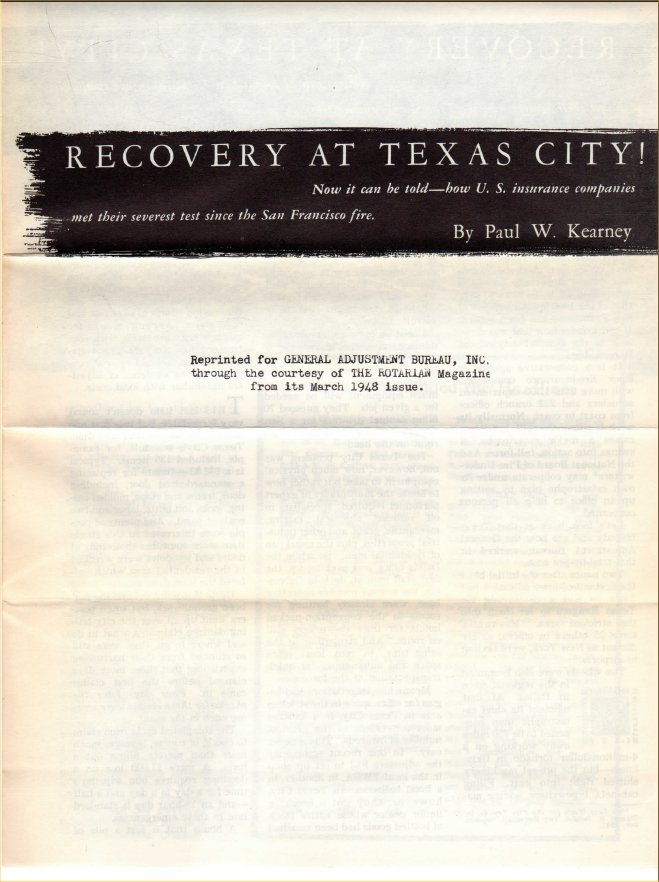

 Last spring, I lost a part from my rototiller, so I went down to the sporting goods store and bought a metal detector to find it. And since I live on the edge of the Old Wire Road / Trail of Tears, I thought I might become a relic hunter–that’s what the people who use metal detectors call themselves. Or treasure hunters if they look for pure metal. So I ordered this book to get an idea of how to use my metal detector.
Last spring, I lost a part from my rototiller, so I went down to the sporting goods store and bought a metal detector to find it. And since I live on the edge of the Old Wire Road / Trail of Tears, I thought I might become a relic hunter–that’s what the people who use metal detectors call themselves. Or treasure hunters if they look for pure metal. So I ordered this book to get an idea of how to use my metal detector.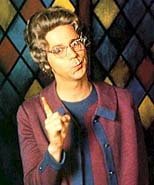 You’ve got a Republican Christian running for president, so all of a sudden, it’s a bunch of gotcha journalism, wheels within wheels of HYPOCRISY! Journalists who kind of nod at national Democratic leaders’ churchgoing (it’s the pageant) and who ignore moral defects suddenly start thumping the bible like a drum to send a message to the savage natives that THIS MAN IS NOT A CHRISTIAN! (like you, rube.)
You’ve got a Republican Christian running for president, so all of a sudden, it’s a bunch of gotcha journalism, wheels within wheels of HYPOCRISY! Journalists who kind of nod at national Democratic leaders’ churchgoing (it’s the pageant) and who ignore moral defects suddenly start thumping the bible like a drum to send a message to the savage natives that THIS MAN IS NOT A CHRISTIAN! (like you, rube.)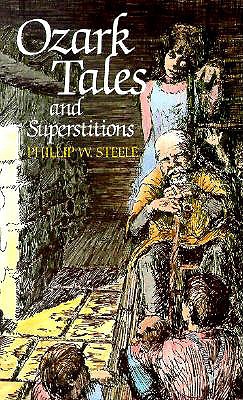 This book is a short collection of tales from Ozarks lore, broken into categories such as “Tales of the Supernatural”, “Indian Tales”, “Treasure Tales”, “Outlaw Stories”, and so on. None of them are well-researched or well-documented, but they do give one interesting stories to tell the children and ideas for little essays and historical bits if one wants to put in the time to conduct real research.
This book is a short collection of tales from Ozarks lore, broken into categories such as “Tales of the Supernatural”, “Indian Tales”, “Treasure Tales”, “Outlaw Stories”, and so on. None of them are well-researched or well-documented, but they do give one interesting stories to tell the children and ideas for little essays and historical bits if one wants to put in the time to conduct real research.